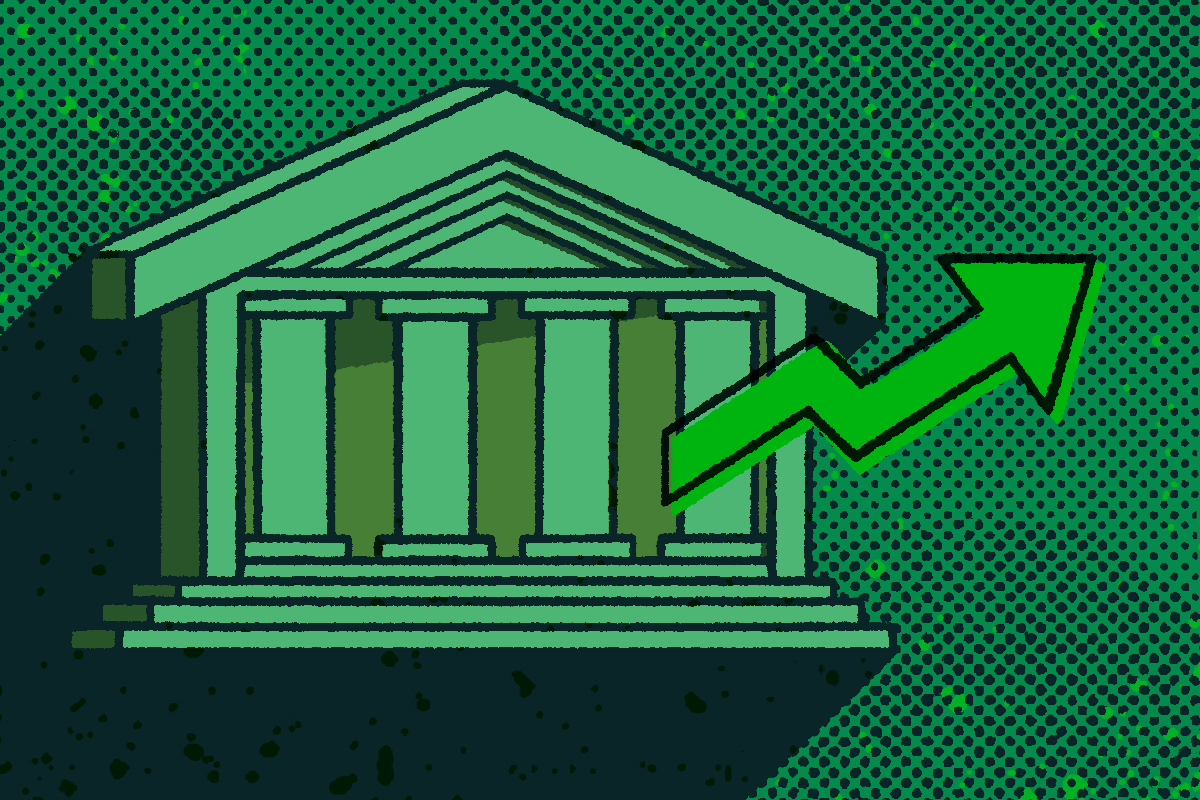The United States’ Federal Reserve has engineered one of the most aggressive interest rate hikes in decades and as a result, how the central bank’s policymakers react to uncertainty has been top of mind for many in business.
“Fed policymakers talk about uncertainty so much,” said Anna Cieslak, a professor of finance at Duke University’s Fuqua School of Business, “but what does it really mean in terms of their decision-making?”
To answer this question, Cieslak and other researchers analyzed the transcripts of 228 Federal Open Market Committee (FOMC) meetings from 1987 to 2015.
The FOMC is the body in charge of interest rate decisions within the Fed. Its regular meetings happen eight times a year and end with a policy decision. The private discussions and deliberations of the FOMC members are transcribed nearly verbatim and publicly available with a five-year delay. The researchers used a Natural Language Processing (NPL) model that allowed them to cluster close-meaning words used by FOMC members and investigated how terms signifying “uncertainty” about economic outcomes, inflation and real growth, were correlated with policy decisions.
The results of the study are presented in the paper, ‘Policymakers’ Uncertainty’, published by The Centre for Economic Policy Research (CEPR), and provide the first attempt to measure how uncertainty about economic variables, expressed in the language of FOMC members, affects the Fed’s policy choices, Cieslak said.
Specifically, the paper found that when Fed policymakers are more uncertain about inflation, they tend to tighten the monetary conditions and raise interest rates.
“Perceptions of inflation uncertainty are a very strong driver of hawkish policy stances,” Cieslak said. “The Fed is more likely to adopt tightening measures if it perceives it would introduce uncertainty in the economy by not acting strongly against the threat of inflation.”
In many theory models of optimal policy, uncertainty shouldn’t have a role in Fed’s policymaking, Cieslak said.
“Uncertainty implies a widening of the range of possible outcomes,” Cieslak said, meaning that we could expect both positive and negative outcomes. In the context of the Fed, when inflation uncertainty is high, the FOMC members seem to weigh the negative consequences of not acting preemptively against the threat of inflation more than the potential costs of overreacting to it.
“The notion of uncertainty that matters for the Fed decision makers is the Fed-driven uncertainty that they worry they would inject into the economy by not acting,” Cieslak said.
The findings regarding uncertainty are a reversal of previous research conclusions, Cieslak said. She said in the past, scholars used to think that Fed policymakers tend to be more cautious when faced with uncertainty. But her research found that in the last 30 years the Fed reacted more aggressively, rather than cautiously, in the face of inflation uncertainty.
“And the aggressiveness will show up in presenting a more hawkish policy stance than they would otherwise,” Cieslak said. “When policymakers express uncertainty about inflation, they are in fact more worried about inflation becoming too high.”
An aggressive response to inflation uncertainty can also be rolled out through the Fed’s communication tool, the so-called forward guidance, Cieslak said. Communicating hawkishness without really moving interest rates today sends a signal to the markets that–if needed–the Fed will continue to act aggressively, thus reducing uncertainty in the financial markets.
But why has the Fed been blamed by some analysts for being too slow to react to soaring prices in late 2021 and early 2022, when inflation hit a 40-year high?
Cieslak said the Fed was facing a trade-off at that time. It had been sustaining demand to support employment during the pandemic, and it wasn’t sure the spike in inflation would last long. “Policymakers thought, ‘we can’t make ships sail, we can’t unclog the broken supply chains,’” she said.
But later on, Cieslak said, the policymakers started thinking that the markets had perceived the Fed was behind in controlling inflation, and realized any further hesitation in tightening would have introduced even more uncertainty.
“And one reason why they are so worried is because of their credibility,” Cieslak said. “Credibility is very slowly earned and lost relatively quickly. One of the main contributions of our paper is that we document that the Fed-driven uncertainty about inflation induces more hawkishness as a result of the policymakers’ effort to establish and maintain their credibility.”
